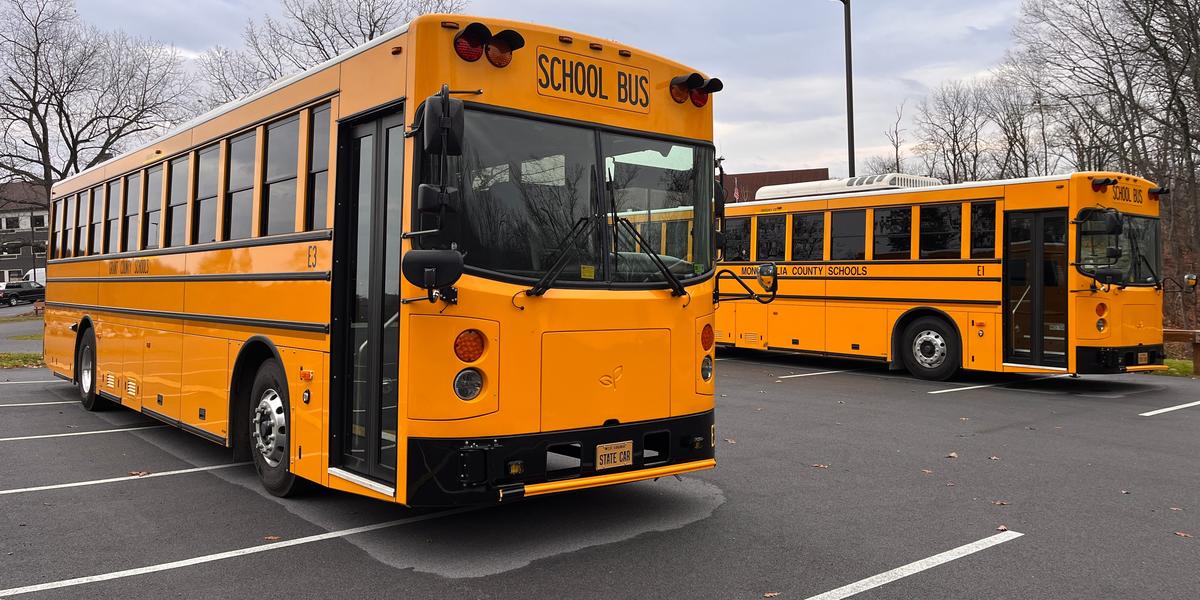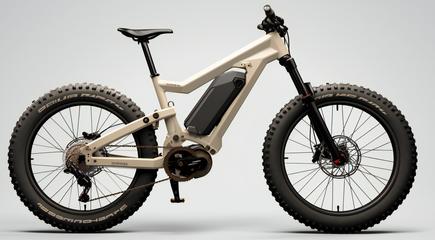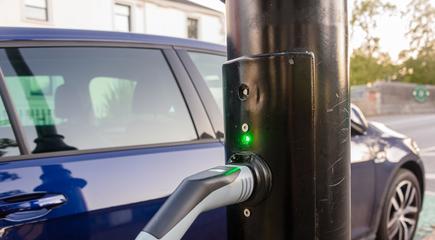Electric School Buses and Government Subsidies

Almost 500,000 school buses serve approximately 25 million students in the US, driving around 3.4 billion miles a year and eliminating the need for about 17 million cars. Currently only 1% of school buses are electric, making the yellow buses an obvious target for governments wanting to reduce carbon emissions.
Electric School Buses (ESBs) provide many benefits over their diesel counterparts. School districts like the lower fuel and maintenance costs of ESBs, saving anywhere between $5000 and $10,000 per year per vehicle depending on routes and driving conditions. The biggest hurdle to switching, however, is the cost of the ESB, ranging from $200,000 to $450,000 and typically twice as expensive as a diesel bus of similar size and features.
It would cost an estimated $150 billion dollars to replace all school buses in the US. Federal, state and city governments offer many programs to help cover the upfront costs. Some newer programs also cover the secondary cost of building charging stations and training drivers and maintenance crews on the new technologies.
Government Funding Programs
Many different programs run simultaneously. Some target certain populations, and others are more general. Often programs are over-subscribed, and a lottery system is used to award funds.
In 2021, the American Rescue Plan included $7 million for underserved and tribal schools, as well as private fleets serving those communities, to replace diesel buses with ESBs. Twenty three buses were approved at 11 schools from this fund, which now has $100,000 remaining.
The Environmental Protection Agency (EPA) runs the Clean School Bus Program funded through the Bipartisan Infrastructure Law, passed in 2021. The planned $5 billion over 5 years funding attracted 2,000 applications in the first year for more than 12,000 buses totaling nearly $4 billion, and just under $1 billion has been awarded to date across 400 projects. Requests have now exceeded $7.72 billion. Unlike previous programs, this plan earmarks 5% of the fund for training to maintain and operate the buses.
Many states and local governments run their own programs. California’s Hybrid and Zero-Emission Truck and Bus Voucher Incentive Project (HVIP) helps offset the cost of ESBs, and the State of New York offers grants to school districts for the same. Massachusetts and the City of Seattle run rebate programs.
These state and local programs only cover a portion of the cost, but they are often being used in conjunction with federal and private fundings to cover the complete cost of new ESB purchases, charging stations and training needs.
Other Challenges
In addition to budgetary concerns, driving range is still a challenge for schools switching to ESBs, especially those in rural areas. Current ESBs have a range of 100 to 155 miles on one charge, which covers most school bus routes in non-rural regions. Even school districts in colder climates, where the range of the vehicle can be reduced by 30%, are starting to use ESBs successfully. Districts with longer routes, however, are still waiting for buses with longer ranges to become available. Longer journeys brought about by field trips are also preventing schools from going completely electric.
Electric school buses are still fairly new. It’s reasonable to predict that the price will come down as volumes increase and technologies continue to improve.
Power Integrations helps accelerate the electrification of buses with SCALE EV gate driver boards. The single-board solution for automotive traction inverters is both AEC-Q100 qualified and ASIL certified. In addition to high efficiency and high performance, it provides a full range of functional safety features, including active discharge, active short circuit function and pre-testing of short circuit detection.
SCALE EV boards are designed to meet very large creep and clearance distances, enabling designs to comply with requirements of reinforced isolation, saving months of development and qualification time. Watch this video to learn more.





